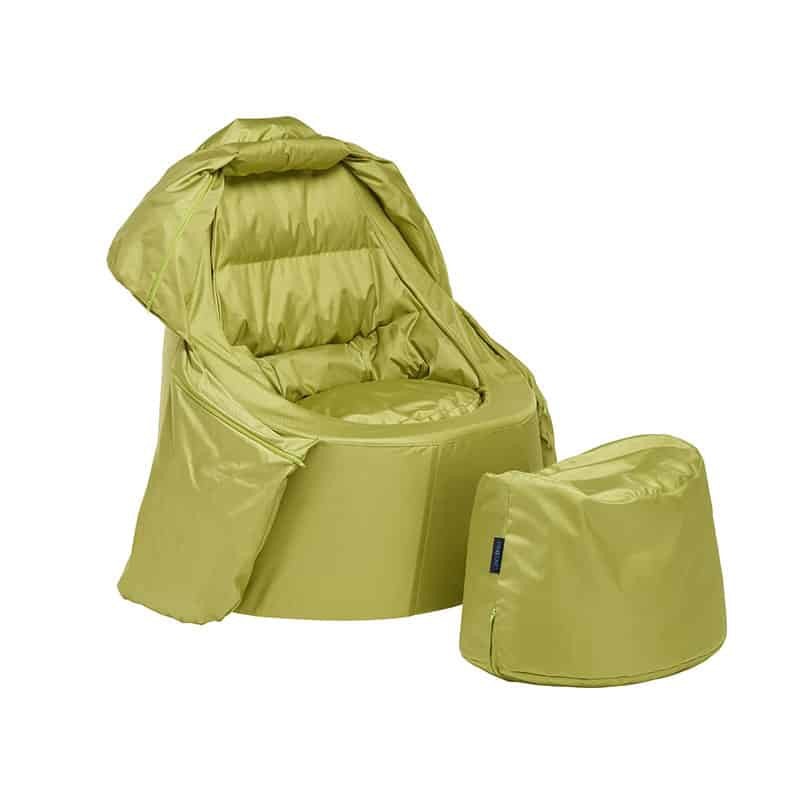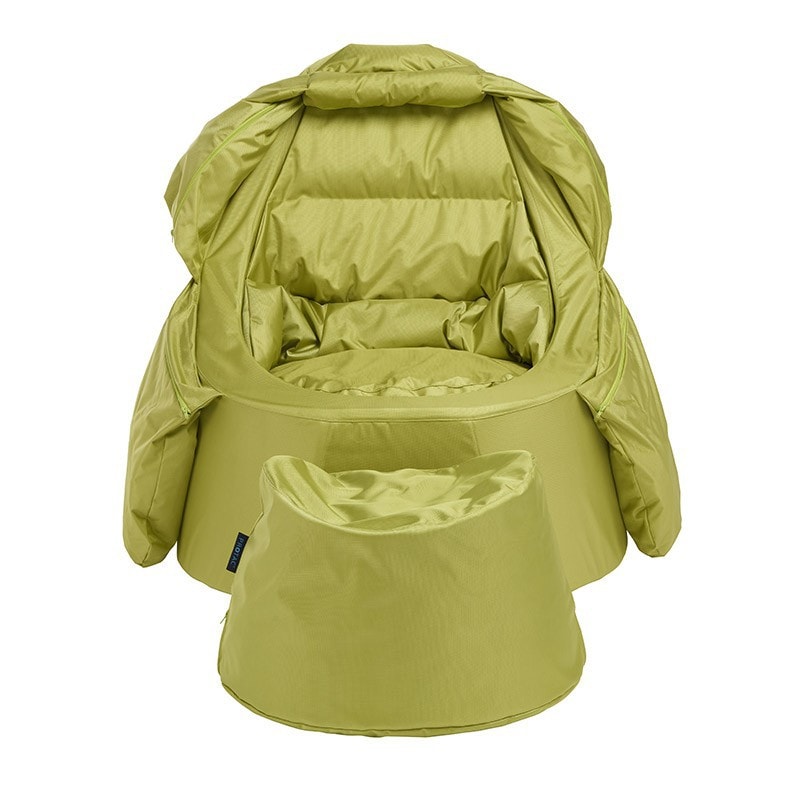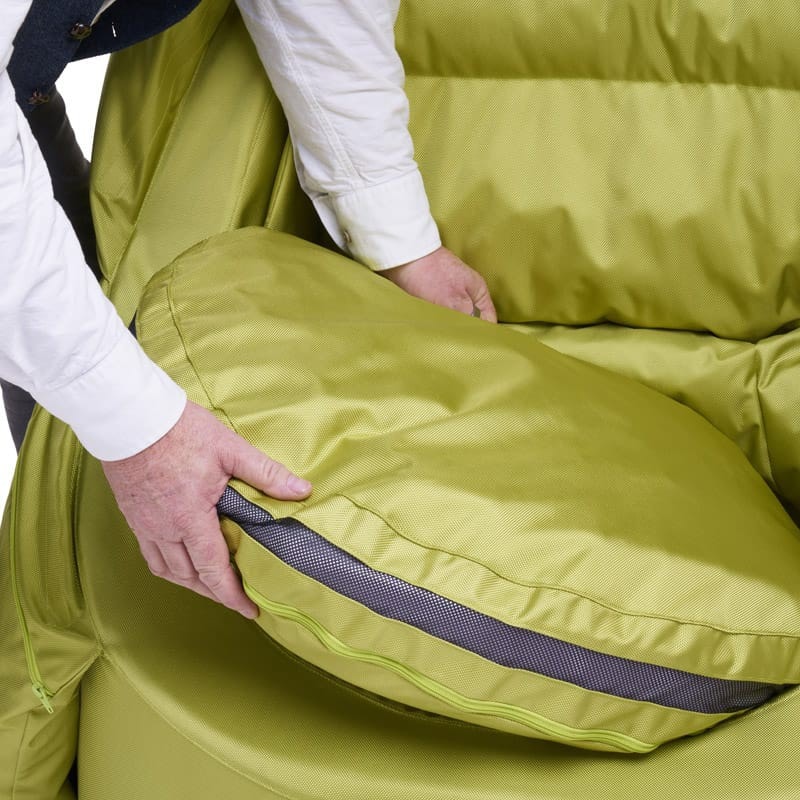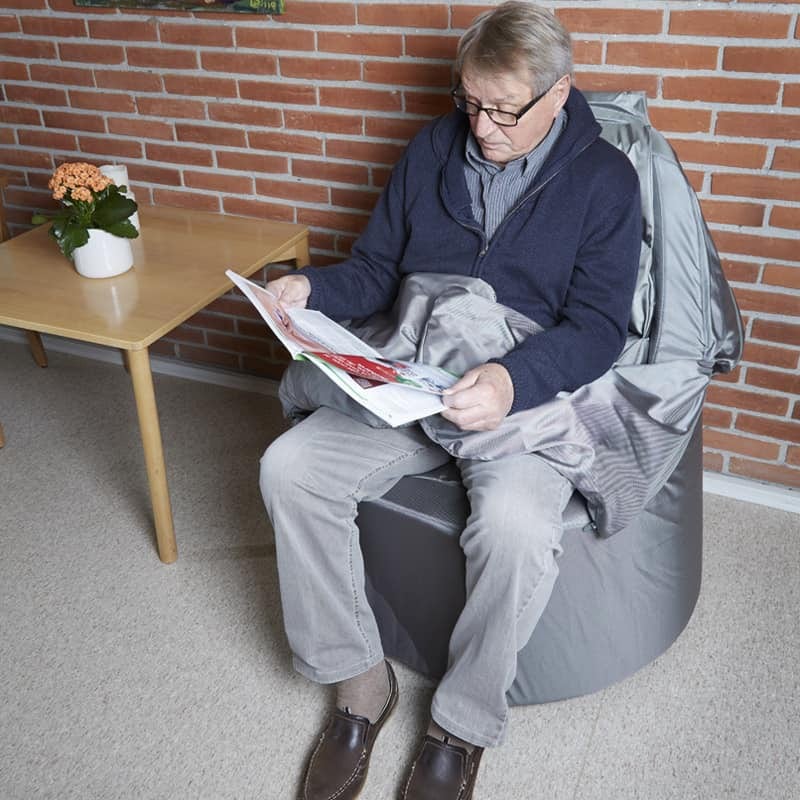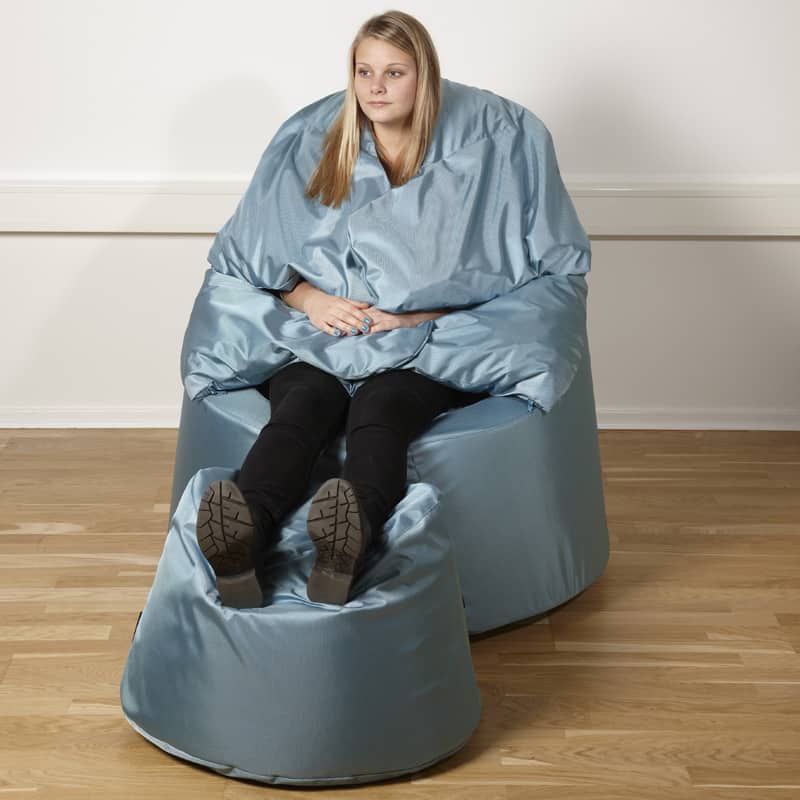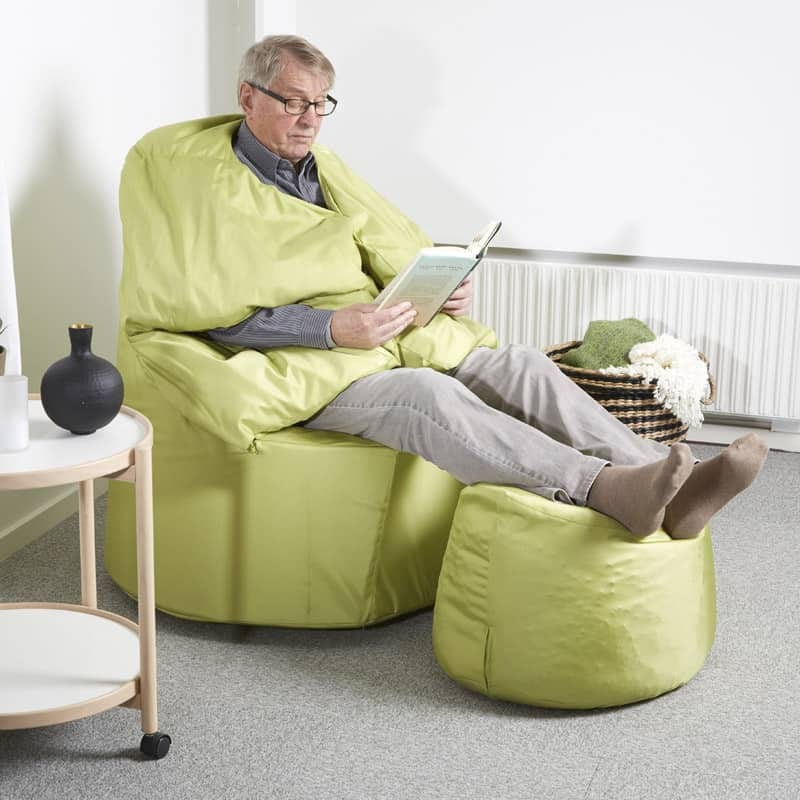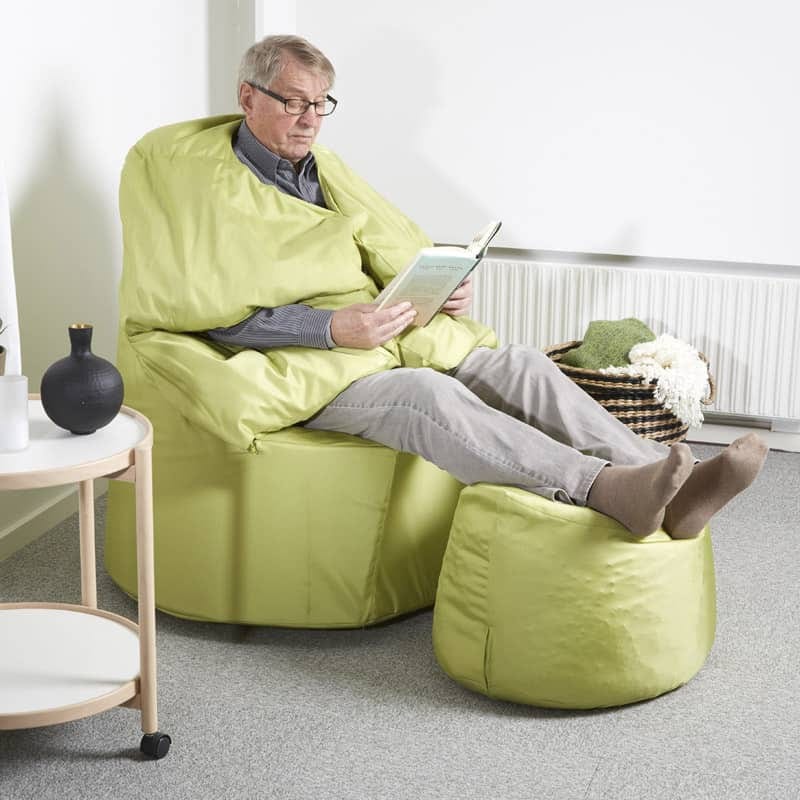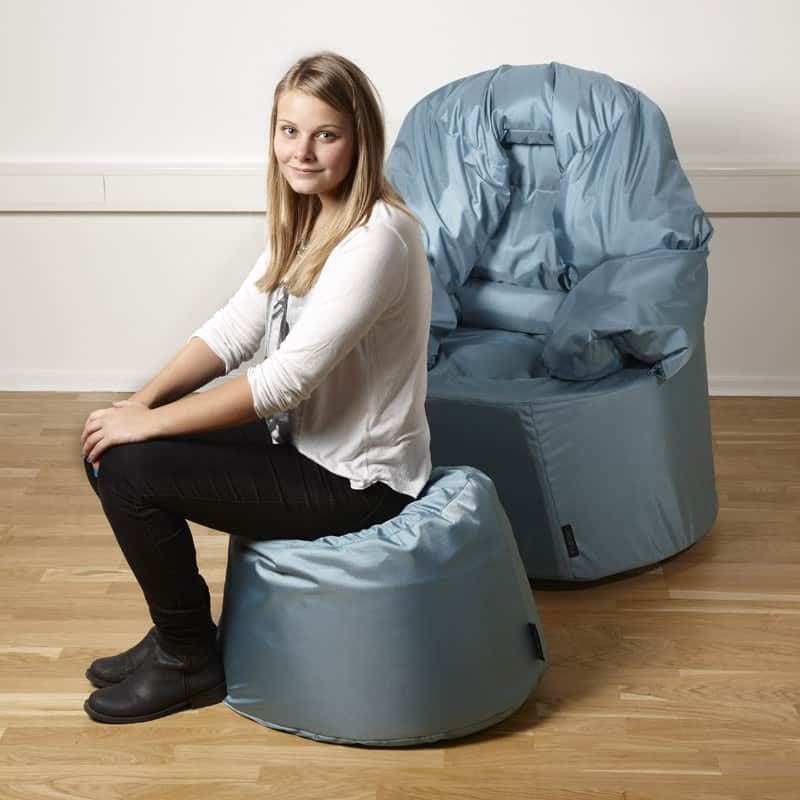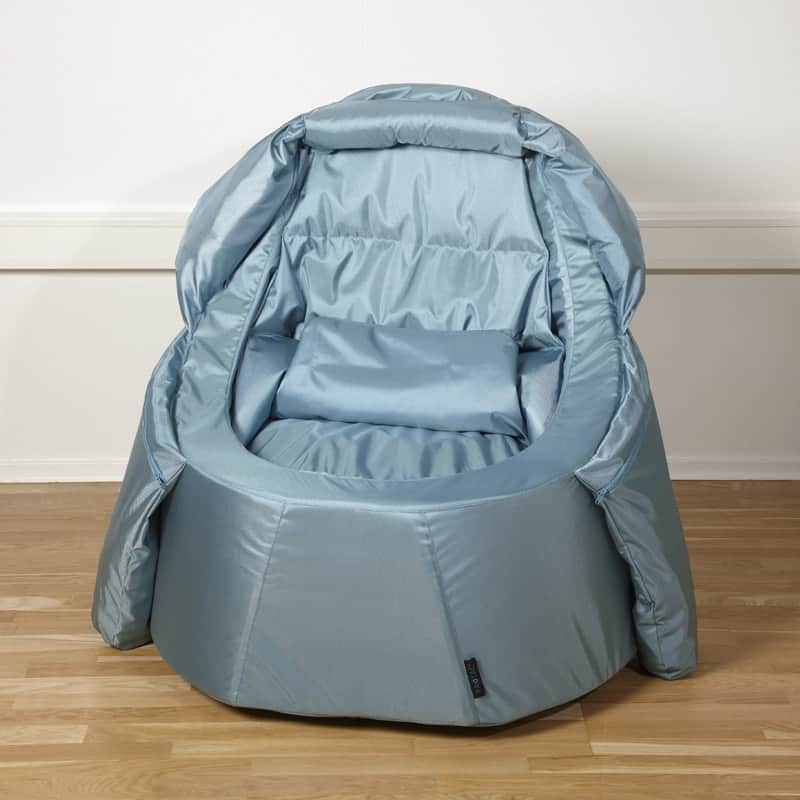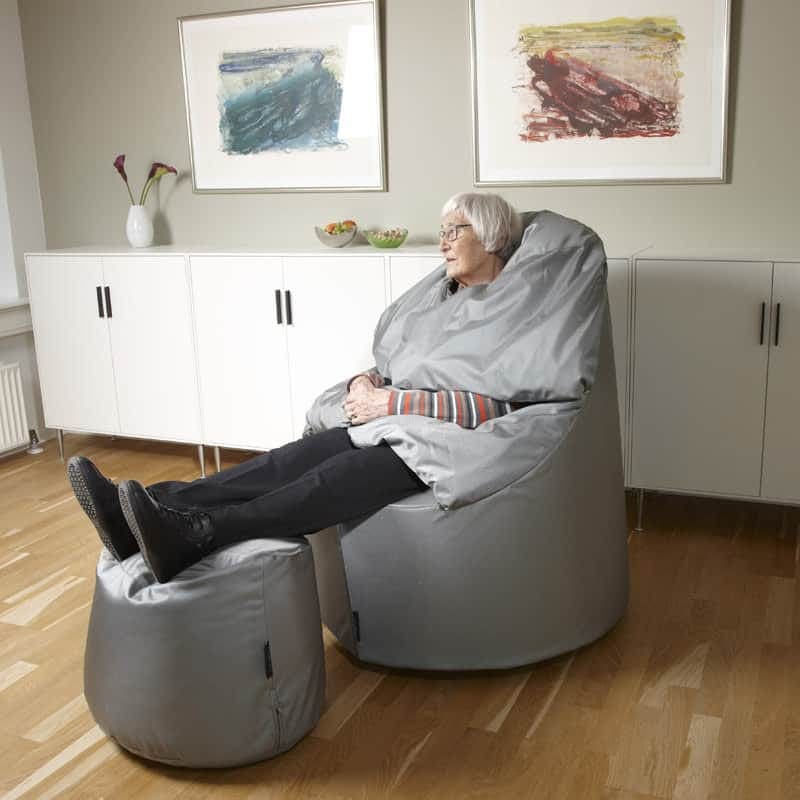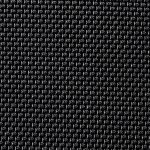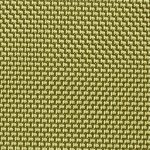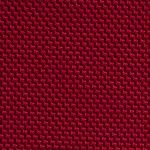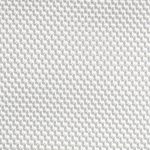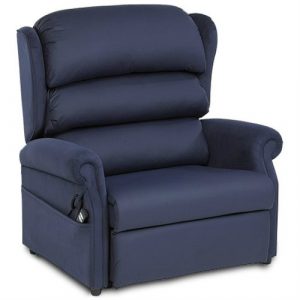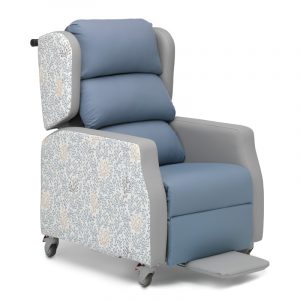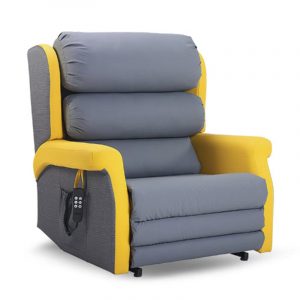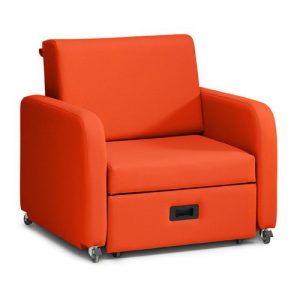Description
- Suitable For
- Key Features
- Case Studies
- Size Guide
- Fabric Options
- Videos
- Warranty
- Protac® balls – the benefits
- Sensory Integration
Suitable For
- Adults, the elderly, children and youths
- Care homes, hospitals, hospices, charities, schools and special schools, psychiatric departments, waiting rooms, sensory rooms, treatment and therapy rooms as well as in people’s homes.
- Across a range of medical conditions:
- ADHD
- Anorexia
- Anxiety
- Apoplexy
- Autism
- Brain Damage
- Cerebral Palsy
- Chronic Pain
- Deafness and/or Blindness
- Dementia
- Depression
- Development Disorders
- Huntington’s Chorea
- Hypermobility
- Multiple Sclerosis
- Neurological Disorders
- Parkinson’s Disease
- Psychiatric Disorders
- Sensory Disturbances
- Sensory Processing Disorder
- Sleep Disorders
- Stress
- Tourette’s Syndrome
Key Features
The Protac Sensit High Back has the following features:
Unique Sensory Stimulation – Protac® Balls
It envelops and calms through the balls which, thanks to the deep touch pressure and constant contact to the body’s surface which they provide, activate the sense of touch and sense of body position and movement. The balls have been designed strategically into the seating solution, to maximise the user benefits. They are built into the lining of the product and the balls are held in individual ball bags.

Functional Design
The Sensit High Back was designed as an alternative to the Sensit. It has been designed with a higher seat to floor level and also a higher and more upright back. These features support the ease of rising to a standing position, which may be particularly important for some elderly people who have difficulty rising to a standing position. It also provides additional back and neck support and is recommended for people who are taller than 180 cm (5’ 11”).
The Protac balls are featured in the side wings, neck wings, back cushion and seat cushion. The neck cushion is granulated. They all move in response to the user’s body position and movement.

Both the side and neck wings can be placed over the user so they can feel the weight and pressure of the balls which will lead to a better sense of the body’s boundaries and body awareness, increasing sensory stimuli. These wing cushions can be adjusted for postural comfort. Alternatively, they can be positioned so that they are not on the person.
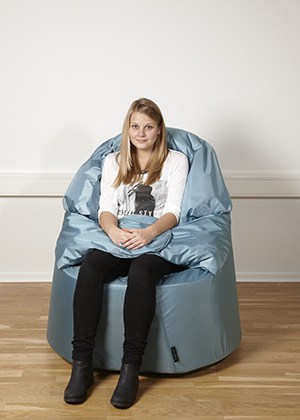
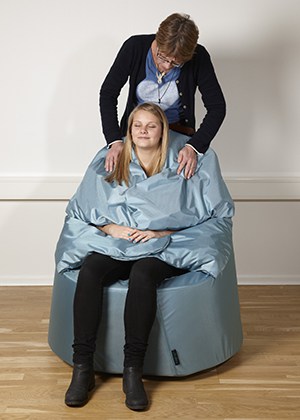
Removable / Reversible Seat Cushion
The seat cushion is removable and reversible. It has two seating options – the sensory Protac Balls on one side for sensory stimulation or it can be turned over to a high-grade foam seat.

Carrying Handles
The Sensit High Back comes with carrying handles for ease of movement.

Spare Covers for ease of washing
Covers are replaceable and washable. We would recommend the purchase of a second set so that they can be used when others are being washed. The balls in the side wings are washable.
Please ensure that you follow the recommended cleaning instructions in the user manual.
Protac Sensit® Pouffe
In addition to the chair you have the option to purchase a pouffe footstool which can either complement the chair as a leg rest or be used separately as a footstool. The balls in the upper part of the footstool stimulate the senses, whilst being very comfortable to sit on. In some schools it is used as a chair in the lower grades. We also have other footstools that are available.

Case Studies
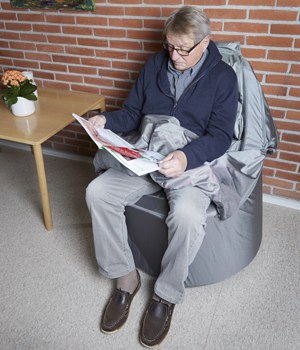
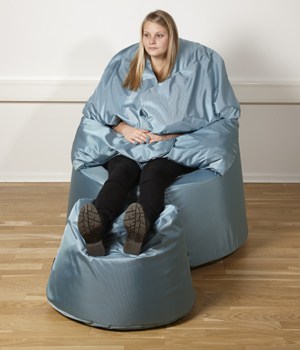
To aid your initial evaluation of Protac Sensit® we have brought together a number of case studies that demonstrate the practical applications of these products that bring CALM and PEACE to users, from youngsters to the elderly.
ADHD
- A 13-year-old boy with ADHD:I can clearly see an improvement in all forms of contact and communication with the boy, and in his physical harmony, while he is undergoing occupational therapy in the chair, and afterwards. He spontaneously seeks out the chair, and he often pretends to have fallen asleep so he can stay in the chair when training is over. He is noticeably more tranquil and more cooperative, and is happier after having used the SenSit ball chair. And he often winks at me and says: “I’ll take this chair home with me one day, when you’re not looking.”
Anxiety
- A client at a day centre:”I was taking part in a group activity when suddenly I had a serious panic attack. I paced the floor restlessly and was afraid that I would fall. The chair feels like a ‘cosy nest’ to me. The physical agitation gradually disappears, and the chair is comfortingly warm. After about 10-15 minutes, my panic eased. After about half an hour in the chair, I could re-join the group. The wings of the chair are designed in such a way that it feels as if they are almost hugging you.
Neurological disorders
- A 64-year-old man suffering from multi-infarct dementia:It has proven virtually impossible to convince the patient that he needs rest. The team has tried a variety of strategies, mostly resulting in the patient protesting and not wanting to cooperate. Protac SenSit® turned out to be a satisfactory solution – for him and for the staff. He found that the chair was good for resting in, because he did not have to lie down. The staff helped to make him comfortable, drew the curtains and made sure the room was quiet. Usually he has fallen asleep in the chair, and on a couple of occasions he slept for up to two hours. He has also sat down of his own accord in the chair when he needed a rest. The chair stood in his room for three weeks as part of his rehabilitation programme. Having a good long rest meant that he was more relaxed and coherent, which had a positive effect on his rehabilitation process.
Motor and mental restlessness
- A four-year-old emotionally-challenged girl:The girl has severe physical and emotional anxiety problems that affect her daily life, but her agitation diminishes markedly when she has been sitting in the chair. She makes a beeline for the chair in the motor skills training room. After four to six minutes of sitting in silence and completely wrapped up in the chair, she will start to communicate. Her speech becomes significantly more coherent. Then, when we do the sensory motor activities, the girl is far more relaxed than she was before we introduced her to the chair. She often remains seated in the chair while doing activities that require eye-hand coordination – and the result is an improved quality in the training.
- A six-year-old boy with an attention deficiency and physical agitation:After having used the chair a few times, he says: “Please tell my Mum where she can buy a chair like this.” He enjoys burying himself completely underneath the neck cushions and wings, and asks to have a ball blanket over him too. Seeing how much he enjoys the chair, his parents have tried to make similar seating for him, but as his mother says: “Eventually we will have to buy one of these chairs. It is the only thing that can make our son so calm.” The boy uses the chair at the end of every training session. It means that he is more tranquil, has improved concentration and is physically calmer when he leaves the training room – and he often remains calm for the rest of the day.
Mental disorders
- A 20-year-old woman with mental issues:She has a history of attempted suicide is now hospitalised in a psychiatric department. During her hospital stay, she is prone to serious self-harm. Initially, this patient used the chair with the hospital staff’s encouragement, but gradually she has developed a strategy of her own for using the chair. She feels that she regains control of her body and mind and is better able to resist the temptation to self-harm. The chair is placed in her room so that she can use it as and when the need arises.
The chair gives her a feeling of well being and physical relaxation
Development disorders
- A 38-year-old man with an intellectual disability:The man lives in a residential unit with other people with intellectual disabilities and has his own room. He uses the Protac SenSit® both in his room and in the communal areas. He prefers being in his room. He never stays in a communal area for more than half an hour at a time, and is generally considered restless. He has a ball blanket with large plastic balls and he loves using it every day. He has full mobility. Staff at the unit have observed that he enjoys using the chair. He sits in the chair for a longer time than he would previously have sat in any other piece of furniture. He sits in the chair for half an hour to an hour and a half at a time.
Staff have observed that he is less physically agitated, that he does not pace the floor as restlessly, nor as frequently, as he used to. He also spends more time sitting in the communal area.
The biggest advantage with the chair is that he does not have to sleep in order to achieve the relaxation that the ball filling can give. Whenever he uses his ball blanket during the day, he always lies down with it and gets sleepy, and usually dozes off. He sleeps more than enough at night, so he has no need for a nap during the day. The chair makes it possible for him to withdraw into himself and to receive stimulation without falling asleep. In other words, he is progressing towards active participation in communal activities. He is more awake, and ready to take part in activities than if he had lain down with the ball blanket.
Size Guide
Height Recommendations
The Sensit is for people who’s height does not exceed 180 cm (5ft 11”). For people who exceed this height we would recommend the Sensit High Back.
Product Dimensions
Height: 100 cm (39.5”), diameter: 90 cm (36”), weight: approx. 18 kg (2st 12lbs).
Weight Limitations
The maximum user weight limit is 200 kg (15 stone 7 lbs).
Fabric Options
- Aqua
- Black
- Dark Grey
- Lime
- Red
- White
The Sensit, Sensit Pouffe and Sensit High Back all come in a range of flame retardant, Oxford 100% polyester fabrics with a choice of 8 colours. Please note that some colours may have a lead time.
Important note – the covers are all washable – please ensure you follow the cleaning instructions in the user manual.
Important note – For full details of the product maintenance please refer to your user manual.
Product Videos
Warranty
All Sensit products carry a two-year warranty.
Warranty Exclusions
- Fabric and chair damage resulting from misuse, negligence, abuse, accident or incorrect cleaning
- Damage caused from normal wear and tear and lack of, or, incorrect maintenance
Important Warranty notes:
- Only the balls used by the manufacturer may be used in the Protac SenSit® chair – to use others will invalidate your warranty
- No modifications should be made to the product and all spare parts need to be those recommended and used by the manufacturer / supplier – to do so will invalidate your warranty.
Medical Equipment – Labelling
The products are labelled according to legislation regarding medical equipment Class 1.
Protac® balls – the benefits
Normally, we say that we can see, hear, feel, smell and taste. When our body and our brain work as they should, we talk about being in full command of our senses. However, we as human beings actually have more than the above five senses.
Our most important sense is the sense of touch in our skin which registers contact. In therapeutic terms, the sense of touch is referred to as the tactile sense. Touching the skin sends stimuli to the brain and gives us a sense of the body’s boundaries. The skin thus serves as a boundary which helps us to distinguish between what is ‘me’ and what is outside ‘me’. The sense of touch thus helps us to establish a sense of our own bodies and helps the brain to keep us up to date so that we can feel our bodies.
Changing pressure enhances body awareness
When the contact is uniform and lasting, the brain has a sort of ‘fade-out function’, which means that the contact ceases to be registered – the sensory impression simply fades. To maintain a sense of your body, the pressure has to vary. The balls in Protac’s products act on the skin by subjecting it to a light pressure distributed across numerous points, helping the brain to register the body to a far greater extent than through uniform contact because the balls move through slight changes in position. The skin is thus continuously stimulated in new ways and ‘updates’ the brain about the body and the surrounding environment.
Simple stimulation of the skin’s tactile sense can arouse the brain, but if there is any disorder in the brain’s reception, or in how it processes sensory stimuli, skin contact can be experienced as both painful and very stressful. Distributed pressure combined with the weight of the many balls in Protac’s products provides the body with a continual update on the body’s surface, which has a very calming effect while also stimulating one’s body sense.
Calming movement
Another important sense is the sense of body position and movement, which is also known as the proprioceptive sense. This sense has receptor organs in the joints and muscles which send messages to the brain and calms the nervous system. Intuitively, we often use our sense of movement to create calm. If you are feeling restless, it often helps to go for a walk. If you are feeling impatient, you may fidget on the chair or tap one of your feet – which are both everyday examples that we use our sense of movement to calm ourselves down. When the weight of the balls in Protac’s products offers resistance to the body’s joints and muscles, a message is sent to the nervous system, which the brain registers as movement. This is why the balls have a calming effect.
Sensory Integration
All PROTAC® products have been developed from the theory of sensory integration. Originating in the USA it was developed by Dr A. Jean Ayres, the ground-breaking occupational therapist and psychologist based in the 1970’s.
The theory is based on how the brain processes sensory impressions and how the different sensory stimuli can be influenced through weight and pressure on the tactile sense (sense of touch) in the skin and the proprioceptive sense (sense of movement) in muscles and joints. The pressure, movement and weight of the balls used in the Protac SenSit, for example, stimulate these particular senses. The Sensit chairs were developed as an aid for individuals with functional impairments.
Overview
Sensory Integration is the neurological process that organises sensation from one’s own body and the environment. It enables everyday life. 1 For most people, sensory integration develops in the course of ordinary childhood activities.
For some people, sensory integration does not develop as efficiently as it should. This is known as sensory processing disorder (SPD) or dysfunction in sensory integration (DSI).
DSI and SPD are both ways to describe the difficulty some people’s nervous systems have with taking in, integrating and making use of sensory information. This changes how the person then responds to changes in their own body, the environment and how they interact with it and others around them.
SPD can influence self-regulation, movement, learning and interaction with others. 1
SPD can also interfere with skills that support performance, such as engagement and attention, as well as skills that enable the learning of new motor skills. 2
A Definition
Sensory Integration sorts, orders and eventually puts all the sensory inputs together into whole brain function. 3 What emerges from this process is increasingly complex behaviour, the adaptive response and occupational engagement.
A Theory
Sensory Integration is a theory based on the concept that brain maturation is the process of the unfolding of genetic coding in conjunction with the interaction of the individual with the physical and social environment. As a result of experience, there are changes in the nervous system. 4
A Process of Typical Development
Ayres, believed that sensory integration is integral to the process of healthy development when the functions of the brain are whole and balanced, body movements are highly adaptive, learning is easy and good behaviour is a natural outcome. 3
1 Allen and Smith: 2011.
2 Jasmin: 2009 – Cosby: 2010.
3 Dr A. Jean Ayres: 1979.
4 Spitzer and Roley: 2001

